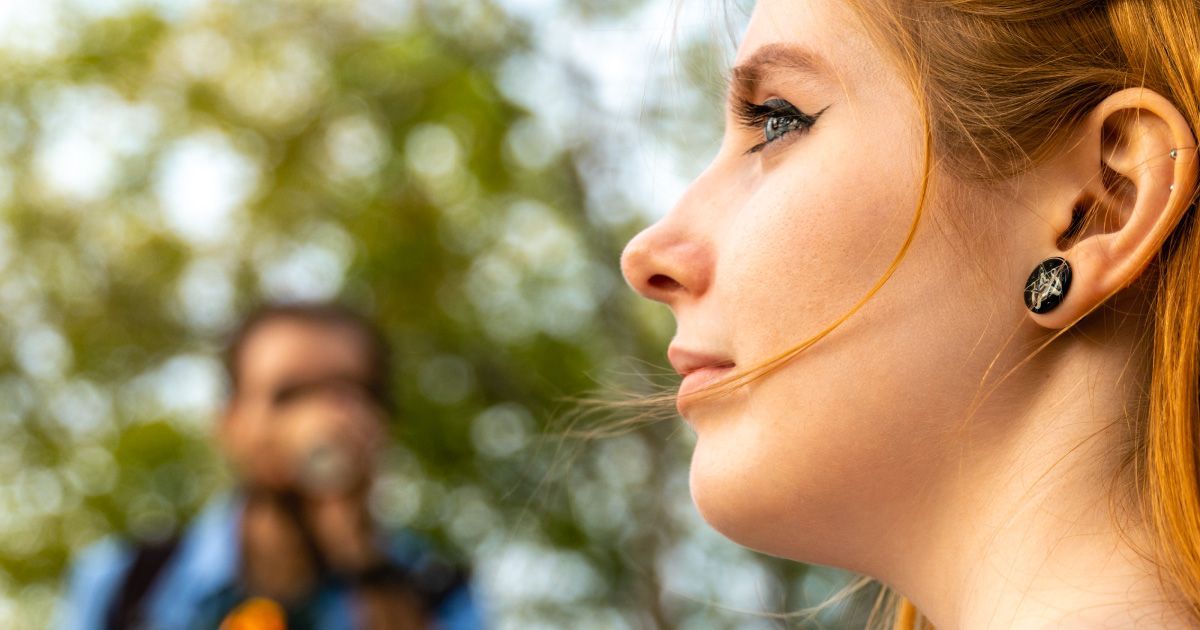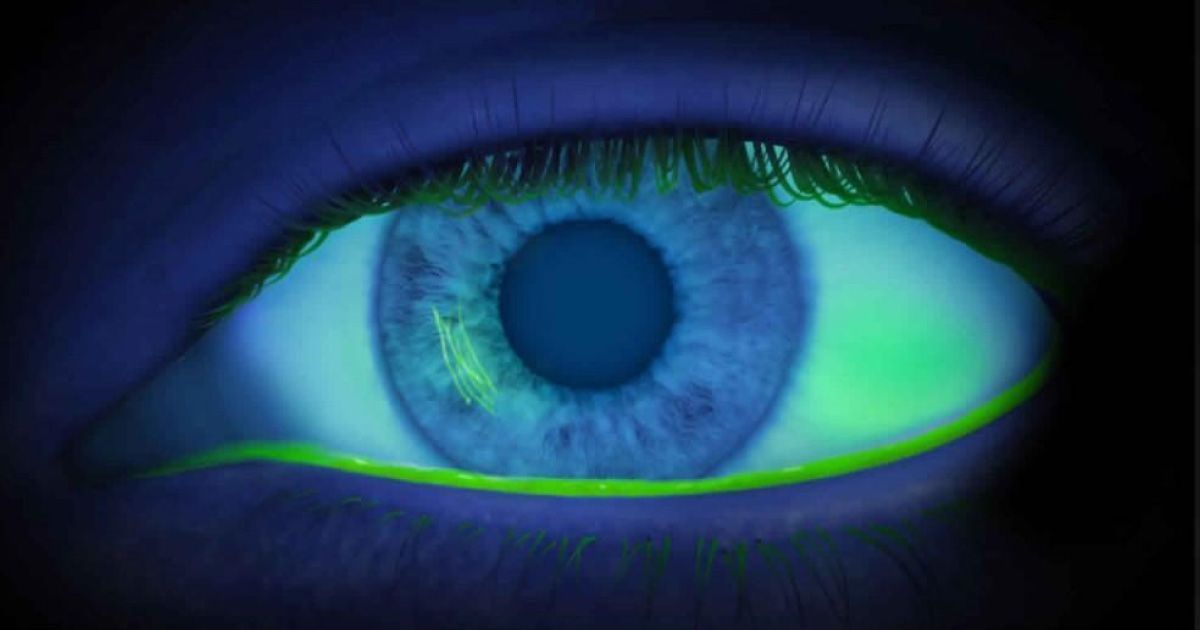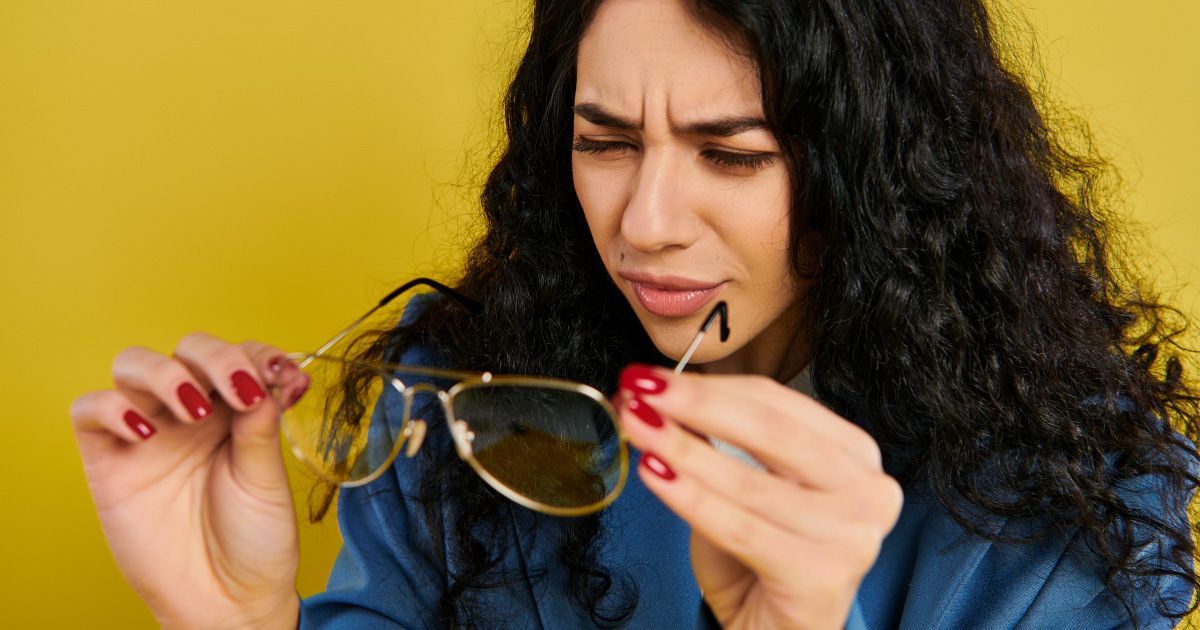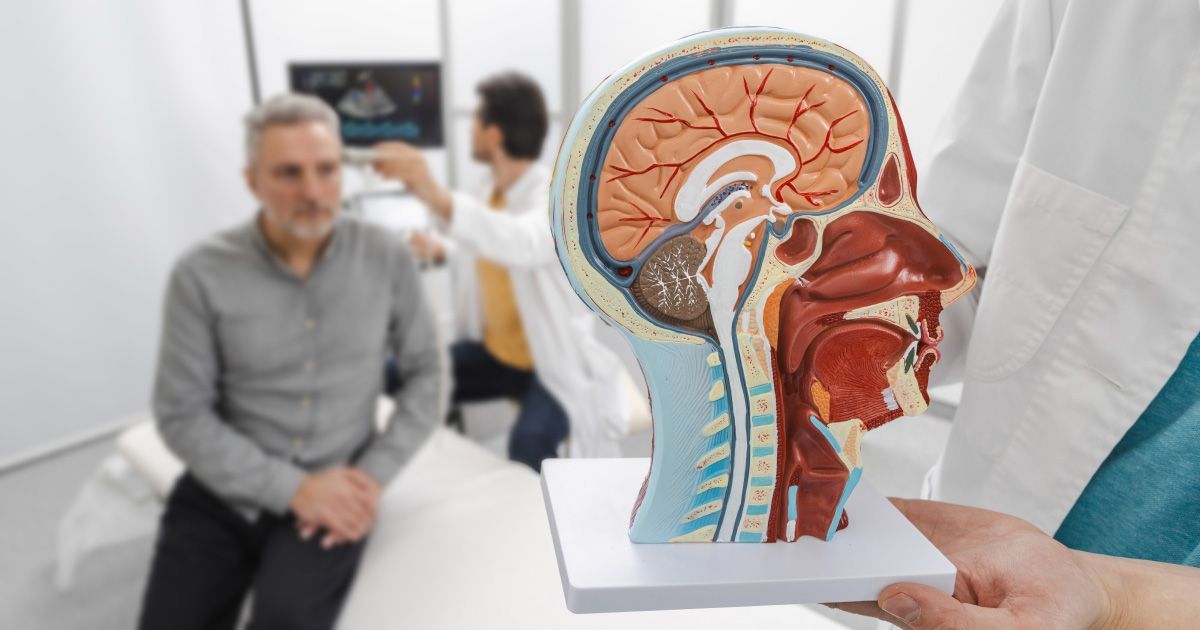7 FAQs About 20/20 Vision

Read time: 4 minutes
1. What does 20/20 vision mean?
20/20 vision is a widely recognized term in the realm of optometry, and it serves as a fundamental indicator of visual acuity. Essentially, it characterizes the extent to which an individual can perceive objects and their details at a distance of 20 feet with the same level of clarity and sharpness as someone with "normal" vision. This metric represents a standard, a benchmark of sorts, that gauges the exceptional precision and clarity of a person's visual perception.
In simpler terms, having 20/20 vision implies that when you look at something 20 feet away, you can see it as sharply and clearly as most people would. It's a testament to the remarkable ability of the human eye to capture and process visual information with extraordinary accuracy.
2. Can I achieve 20/20 vision with glasses or contact lenses?
Certainly, one can attain 20/20 vision with the assistance of prescription eyeglasses or contact lenses. These optical devices play a pivotal role in the realm of vision correction by altering the path of incoming light to ensure that it converges perfectly on the retina, thus allowing for markedly improved visual clarity.
In essence, they act as a corrective mechanism, making it possible for individuals to experience the benefits of 20/20 vision even if their natural vision might fall short of this standard. With the precise prescription, glasses or contacts can restore a level of visual clarity that rivals that of "normal" vision.
3. Is 20/20 vision the only measure of visual acuity?
While 20/20 vision is perhaps the most well-known measure of visual acuity, it is by no means the exclusive yardstick for assessing the sharpness of one's vision. Optometrists and ophthalmologists utilize a range of measurements to gauge the quality of a person's vision. These include 20/40, 20/60, and 20/100, among others. Each of these figures signifies the extent to which an individual's vision deviates from the standard set by someone with typical or "normal" vision.
In essence, these measurements offer a broader spectrum for evaluating and categorizing the diversity of visual acuity levels in individuals, thus providing a more comprehensive understanding of their vision.
4. Is LASIK surgery a permanent solution for achieving 20/20 vision?
LASIK surgery stands as a potent and often long-lasting solution for achieving 20/20 vision. This innovative surgical procedure reshapes the cornea, correcting various vision problems and enabling individuals to attain an exceptional level of visual acuity.
The results of LASIK can indeed be permanent for many individuals, ushering in a life with sharp and clear vision. Nevertheless, it's important to be aware that some individuals may experience gradual changes in their vision over time. In such cases, they might require follow-up procedures to maintain their exceptional visual clarity.
5. How can I improve my vision if it is not 20/20?
If your vision does not meet the 20/20 benchmark, there are several avenues for enhancement and correction. One option is to make use of corrective lenses, which include eyeglasses or contact lenses that can address various vision issues. LASIK surgery, as mentioned earlier, is another effective method for reshaping the cornea to correct vision problems.
Additionally, vision therapy programs are available, which aim to strengthen and refine visual skills. The ideal approach for improving your vision depends on the specific nature of your vision impairment, and it's recommended to consult with an optometrist to determine the most suitable course of action.
6. What are the benefits of having 20/20 vision?
Possessing 20/20 vision offers an array of invaluable advantages. It signifies a heightened level of visual acuity and clarity, allowing individuals to perceive fine details with exceptional precision. Moreover, it enhances depth perception, which is crucial for tasks that require judging distances accurately.
Expanded peripheral vision is another benefit, as it enables a broader field of view, enhancing situational awareness. Reduced eye strain is yet another positive outcome, making prolonged periods of reading or screen time more comfortable. Overall, 20/20 vision can significantly elevate one's quality of life, streamlining daily activities, and promoting personal safety in numerous situations.
7. How often should I have my eyes checked to maintain 20/20 vision?
Maintaining 20/20 vision and monitoring overall eye health necessitates regular eye examinations. It is advisable to schedule a comprehensive eye check-up at least once a year. However, if you have a history of eye conditions or are above the age of 60, more frequent visits to your optometrist might be prudent.
These routine eye exams are invaluable for early detection of any vision-related issues, enabling timely intervention and preserving your 20/20 vision whenever possible. The commitment to regular eye check-ups underscores the importance of safeguarding your eye health and visual acuity.
Share this blog post on social or with a friend:
The information provided in this article is intended for general knowledge and educational purposes only and should not be construed as medical advice. It is strongly recommended to consult with an eye care professional for personalized recommendations and guidance regarding your individual needs and eye health concerns.
All of Urban Optiks Optometry's blog posts and articles contain information carefully curated from openly sourced materials available in the public domain. We strive to ensure the accuracy and relevance of the information provided. For a comprehensive understanding of our practices and to read our full disclosure statement, please click here.


















